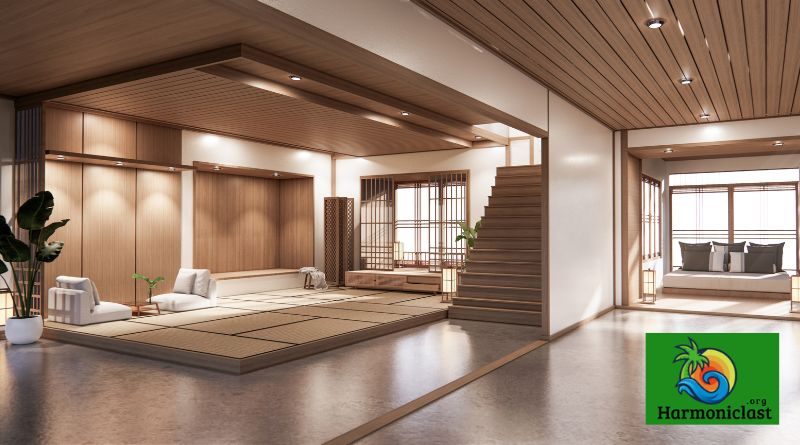Introduction to Interior Design and Mental Health
The environment we live in has a powerful impact on our emotions, productivity, and overall mental well-being. Spaces that feel balanced, organized, and aesthetically pleasing often provide comfort and peace of mind, while cluttered or poorly designed interiors can create feelings of stress and anxiety. The connection between design and mental health has become a key area of focus for many homeowners and designers. Platforms such as how interior design affects mental health mintpaldecor highlight the growing importance of designing spaces that not only look good but also support psychological wellness.
The Psychology of Colors in Interior Design
One of the most influential aspects of interior design on mental health is color. Colors play a psychological role in shaping our mood and emotions. For example, cool tones like blue and green create a calming effect and reduce stress levels, while warm shades such as yellow and orange can energize and uplift the spirit. When choosing color schemes for living spaces, homeowners should consider how shades influence daily moods. The insights from how interior design affects mental health mintpaldecor often recommend selecting tones that match one’s lifestyle and personality, ensuring that spaces enhance rather than hinder mental well-being.
Lighting and Its Role in Emotional Health
Lighting is another essential element that affects how people feel in their surroundings. Natural light exposure has been linked to improved mood, better sleep cycles, and reduced risk of depression. On the other hand, poor lighting can make spaces feel dull and draining. Incorporating large windows, sheer curtains, or even smart lighting systems can transform the atmosphere of a home. Studies show that bright and well-lit spaces encourage positivity and productivity. Guides from how interior design affects mental health mintpaldecor often emphasize layering different types of light—ambient, task, and accent lighting—to achieve harmony and comfort indoors.
The Importance of Layout and Space Management
The way furniture is arranged within a room can significantly affect stress levels and functionality. A cluttered and disorganized environment often creates mental chaos, while a clean and well-structured layout supports clarity and focus. Open spaces allow the mind to breathe, whereas overcrowded rooms can trigger feelings of confinement. Experts who explore how interior design affects mental health mintpaldecor suggest using minimalist layouts that balance comfort with efficiency, ensuring that every piece of furniture serves both a functional and aesthetic purpose.
Natural Elements and Mental Peace
Incorporating natural elements into interior design has proven therapeutic effects. Plants, natural wood textures, and stone finishes bring a sense of calm and connection to nature. Research indicates that biophilic design—using nature-inspired elements—reduces stress and enhances creativity. Whether it’s indoor plants, water features, or earthy color palettes, these additions make spaces more welcoming. How interior design affects mental health mintpaldecor frequently highlights the healing power of greenery, showing how simple natural touches can create restorative environments at home or in workspaces.
Personalization and Emotional Comfort
A home should reflect the personality and emotions of its occupants. Personalized interiors not only enhance aesthetic appeal but also provide a deep sense of belonging. From displaying family photos to incorporating favorite colors, these details can spark joy and comfort. Interior design isn’t just about style—it’s about creating a safe and nurturing space. Many discussions on how interior design affects mental health mintpaldecor stress the importance of personalization as a way to promote emotional security and self-expression.
Conclusion
Interior design is far more than arranging furniture or selecting color schemes—it directly influences mental health and emotional balance. From the choice of colors and lighting to the integration of natural elements and personalized touches, every design decision plays a role in shaping how we feel. By paying attention to these elements, we can create spaces that nurture mental wellness, reduce stress, and enhance happiness. With platforms like how interior design affects mental health mintpaldecor offering guidance, homeowners and designers alike can make more mindful decisions to ensure interiors not only look beautiful but also promote peace of mind.
read also: oktanubank

